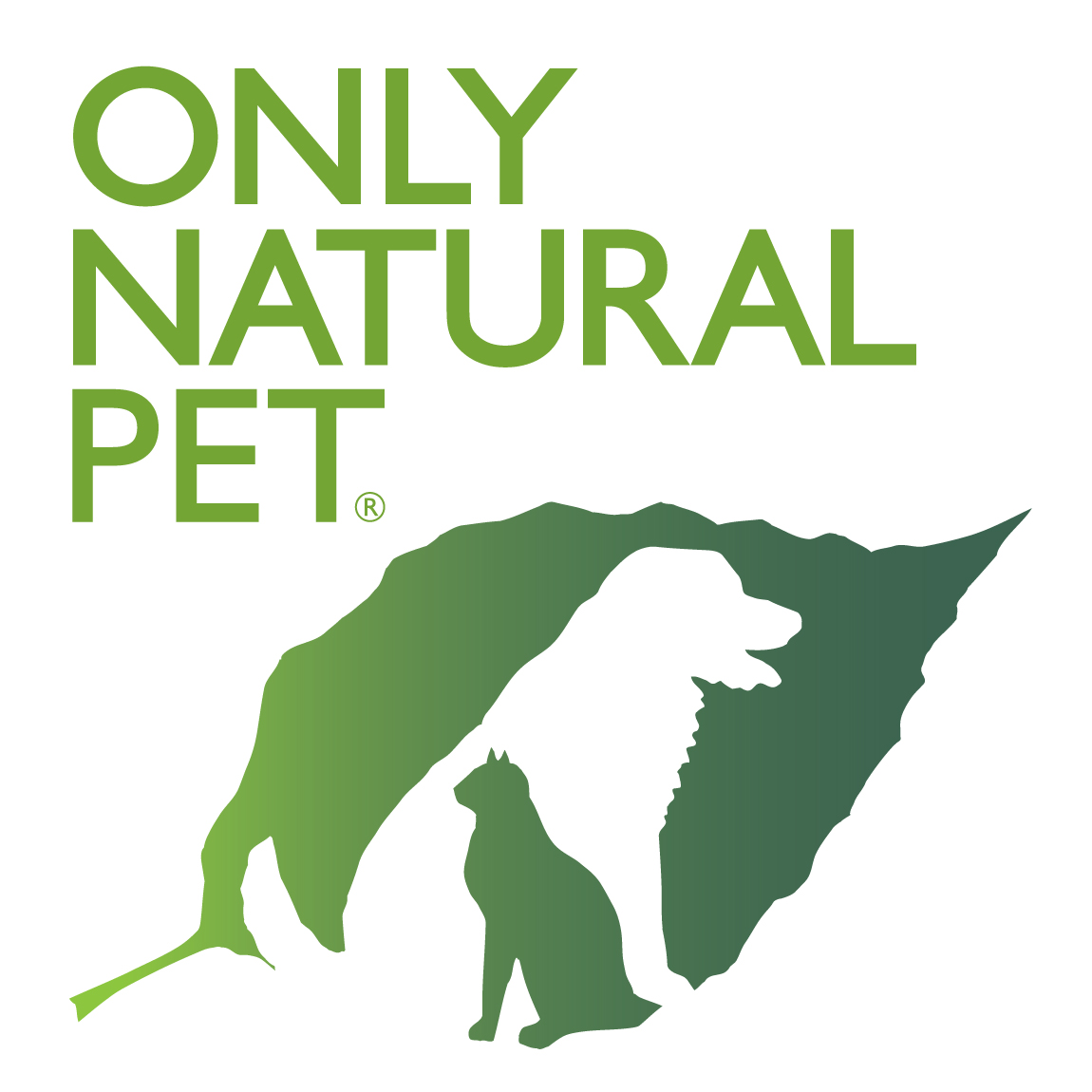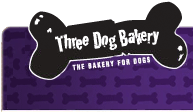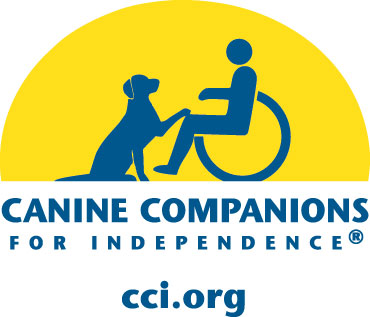Animal Cruelty and Neglect - What do I do?

I personally find it very sad that this post is even necessary. It breaks my heart to think about such things, and I often wonder if there will ever be an end to man's cruelty towards his fellow creatures.
Unfortunately, animal abuse and neglect is all around us. It happens in every neighborhood, be they rich or poor, urban or rural. We have all seen an animal that has been or is being mistreated or neglected. We feel sorry for them, we may even worry about them. We may try to sneak them food if they aren't being fed or give them water if they have none. Most of us really have no idea what to do when we encounter these situations.
So....what do we do when we see animal abuse or neglect? Who do we report it to, and how do we go about it? I found the following information on the ASPCA website. I thought I would share it with you here so that more people are aware of how to recognize and deal with these issues.
Recognizing Animal Cruelty
What constitutes animal cruelty?
Animal cruelty occurs when someone intentionally injures or harms an animal or when a person willfully deprives an animal of food, water or necessary medical care. Here are some signs that may indicate abuse or neglect:
- Tick or flea infestations
- Wounds on the body
- Patches of missing hair
- Extremely thin, starving animal
- Limping
- An owner striking or otherwise physically abusing an animal
- Dogs who are repeatedly left alone without food and water, and often chained in a yard
- Dogs who have been hit by cars—or are showing any of the signs listed here—and have not been taken to a veterinarian
- Dogs who are kept outside without shelter in extreme weather conditions
- Animals who cower in fear or act aggressively when approached by their owners
The police department that covers your city, town or county is required to investigate criminal complaints, including complaints of animal cruelty and animal fighting. There may also be an animal control agency, society for the prevention of cruelty to animals (SPCA) or humane society that has authority to conduct these investigations.
If you encounter difficulty identifying the correct law enforcement agency with which to file a report of animal cruelty, you may wish to contact your local shelter or animal control agency for help finding this information.
What information should I have on hand when I make a report of animal cruelty?
Try to gather the following information before submitting a report of animal cruelty:
- A concise, written, factual statement of what you observed—giving dates and approximate times whenever possible—to provide to law enforcement.
- Photographs of the location, the animals in question and the surrounding area. However, please do not put yourself in danger! Do not enter another person’s property without permission, and exercise great caution around unfamiliar animals who may be frightened or in pain.
- If you can, provide law enforcement with the names and contact information of other people who have firsthand information about the abusive situation.
Can I remain anonymous when I file a complaint about animal cruelty?
Yes, you can, and it is better to file an anonymous report than to do nothing—but please consider providing your information to the agency taking the complaint. These agencies have limited resources, and the case is more likely to be pursued when there are credible witnesses willing to stand behind the report and, if necessary, testify in court about what they may have witnessed.
If I report my suspicions that a neighbor is committing animal cruelty, and that person’s animal is taken away and put in a shelter, isn’t the animal worse off?
It’s important to understand that reporting cruelty is always the right thing to do. Because of the burden it places on the system, animal control officers do not want to remove an animal from a home unless absolutely necessary. If an animal is taken from his or her owner, there was a substantial problem. A seized animal will have the chance to get the necessary help, whether that help is nutritional, medical or behavioral. Also, if an intervention by law enforcement leads to a conviction, you may inadvertently have helped spare other animals from the same abuse: in many states, convicted animal abusers are barred from owning pets.
Is there anything specific I can say when I make a report of animal cruelty to persuade law enforcement to take it seriously?
Yes—let them know that you are taking the incident seriously. Make it clear that you are very interested in pursuing the case and that you are willing to lend assistance however you can. Although law enforcement agencies must pay attention to anonymous reports of serious crimes, including animal cruelty, they are more likely to follow up on cases where there are credible witnesses willing to stand behind the report and, if necessary, testify in court about what they may have witnessed.
Provide law enforcement with a concise, written statement of what you observed, giving dates and approximate times whenever possible. If you can do so without entering another person’s property without their permission, you may wish to photograph the location, the animals and the surrounding area. If you can, provide law enforcement with the names and contact information for other people who have firsthand information about the situation.
How should I follow up on my report of animal cruelty?
When you report animal cruelty, it’s a good idea to keep a careful record of exactly whom you contacted, the date of the contacts, copies of any documents you provided to law enforcement or animal control, and the content and outcome of your discussion. This will make following up much easier.
If you do not receive a response from the officer assigned to your case within a reasonable length of time, make a polite follow-up call to inquire about the progress of the investigation. As a last resort, and only if you are reasonably certain that no action has been taken on your complaint, you may wish to contact a supervisory officer or a local or state government official to request action.
Please keep in mind that most law enforcement agencies operate with limited personnel and resources. Most of these agencies are doing their best to conduct timely and efficient investigations. Being respectful of the challenges they face. Giving them the benefit of the doubt when appropriate will likely get you much further than premature complaints to their superiors.
Someone in my neighborhood is threatening to harm my pet, but they haven’t done anything yet. What can I do to protect my pet from this person?
If you feel that your pet is in danger, do whatever you can to shield him or her from harm—for instance, bring your outdoor cat inside and always accompany your dog outside, keeping him on a leash at all times.
You should also file a complaint with your local police; depending on the law where you live, verbal or written threats may constitute criminal harassment. Be sure to keep any tangible evidence of threats against your pets and yourself. If the threats are serious enough, you may be able to get a restraining order against the person making them. If this is the route you wish to go, enlist the aid of a lawyer. Above all, please be careful.
Print Page Read More......











































